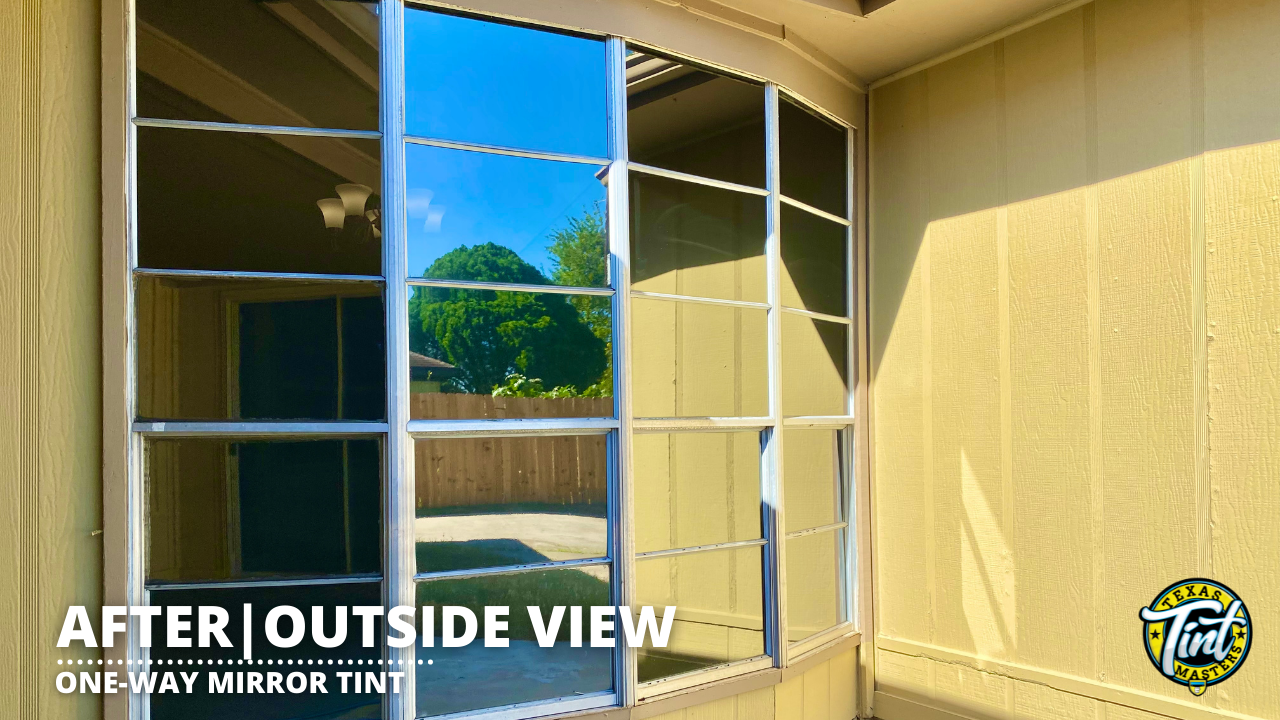Residential Window Tint: Enhance Personal Privacy and Style in your house
Residential Window Tint: Enhance Personal Privacy and Style in your house
Blog Article
Exactly How Residential Window Tinting Enhances Your Home's Energy Performance
Residential window tinting provides a compelling option for homeowners seeking to improve energy efficiency within their living spaces. By using specialized movies to home windows, it effectively decreases warm transfer, consequently maintaining interior temperature levels and minimizing the need for extreme heating or cooling.
Comprehending Home Window Tinting
Comprehending home window tinting is crucial for homeowners looking for to boost both convenience and power performance in their home. Residential Window Tint. Home window tinting entails the application of a slim movie to the interior or exterior surface of glass windows. This film can significantly modulate the quantity of sunshine and warm that goes into a home, therefore influencing indoor climate conditions
There are various kinds of window tinting movies offered, each with distinct properties. The performance of window tinting is often measured by its Visible Light Transmission (VLT) portion, which suggests exactly how much light can pass through the film.
Benefits of Power Performance
Home window tinting not just improves looks however additionally plays a considerable role in boosting energy effectiveness within residential rooms. By decreasing warmth transfer through home windows, colored films develop a more steady interior climate, which can cause significant decreases in power consumption for cooling and heating. This energy effectiveness converts into reduced energy bills, supplying homeowners with considerable lasting savings.

In addition, home window tinting enhances the convenience of living areas. By reducing glare and obstructing damaging UV rays, tinted home windows produce an even more pleasurable environment, which can lead to enhanced well-being for owners. The security against UV rays likewise helps maintain furniture and floor covering from fading, adding to the longevity of household products.
Just How Tinting Functions
Tinting films run with a mix of sophisticated products and innovations designed to manage the amount of solar power entering a home. Mostly composed of polyester, these films often integrate ceramic or metallic fragments that absorb and show warmth. This dual ability permits them to substantially reduce the penetration of ultraviolet (UV) rays and infrared radiation while allowing noticeable light to go through.
The performance of window tinting is gauged by its solar heat gain coefficient (SHGC), which suggests just how much solar energy is transferred via the home window. Lower SHGC values are better as they denote higher warm denial. Additionally, window tints can include a browse around this site selection of shades, allowing property owners to personalize their visual choices while boosting energy efficiency.
Moreover, these movies work as a barrier, avoiding warm loss throughout chillier months by mirroring indoor heat back right into the space. This thermal insulation effect complements the cooling benefits gotten throughout warmer months, adding to a well balanced interior environment year-round. By taking care of solar power properly, household home window tinting not just boosts convenience yet additionally plays an essential duty in lowering power usage and lowering energy costs.
Picking the Right Color

There are numerous types of window movies available, including colored, metalized, and ceramic. Colored films are economical yet may have limited try this out durability. Metalized films use far better heat being rejected but can hinder digital signals. Ceramic films offer exceptional heat control without jeopardizing visibility and are extremely sturdy, making them a popular option.
Noticeable light transmission (VLT) is an additional essential aspect, as it suggests the quantity of all-natural light that can travel through the colored glass. House owners need to pick a color with a VLT that enhances their lights choices while still giving ample glow you can look here decrease.
In addition, analyzing the solar warmth gain coefficient (SHGC) can aid establish just how well a color can block heat from sunlight. A lower SHGC shows far better warmth control, inevitably enhancing power efficiency.
Installment and Maintenance Tips
Proper installation and upkeep are important components in taking full advantage of the benefits of household window tinting. To achieve optimum results, it is advisable to work with a qualified professional for setup. This guarantees that the color is applied correctly, staying clear of air bubbles, wrinkles, or imbalance that might compromise efficiency. Experts additionally utilize specialized techniques and devices, which can enhance the longevity and efficiency of the color.
Complying with installment, upkeep is essential to prolong the life of the home window movie. It is advised to wait at the very least 30 days prior to cleaning the tinted home windows to allow the adhesive to cure completely.
Attending to these problems quickly can prevent further damages and preserve energy efficiency. By sticking to these installment and maintenance suggestions, property owners can ensure their window tinting proceeds to give considerable energy savings and convenience for years to come.
Verdict
In conclusion, household window tinting offers as a reliable solution for improving energy performance within homes. By minimizing warmth transfer and blocking harmful UV rays, window movies contribute to reduce power consumption and enhanced interior convenience.
Window tinting includes the application of a slim film to the interior or outside surface area of glass home windows. By lowering heat transfer with home windows, colored movies create a much more steady interior environment, which can lead to significant reductions in energy usage for home heating and air conditioning.The effectiveness of window tinting is determined by its solar warmth gain coefficient (SHGC), which shows how much solar energy is transferred with the home window. By taking care of solar power effectively, domestic window tinting not only improves comfort however additionally plays an essential duty in reducing energy consumption and reducing utility bills.
By reducing warmth transfer and obstructing harmful UV rays, window movies add to decrease power intake and boosted interior convenience.
Report this page